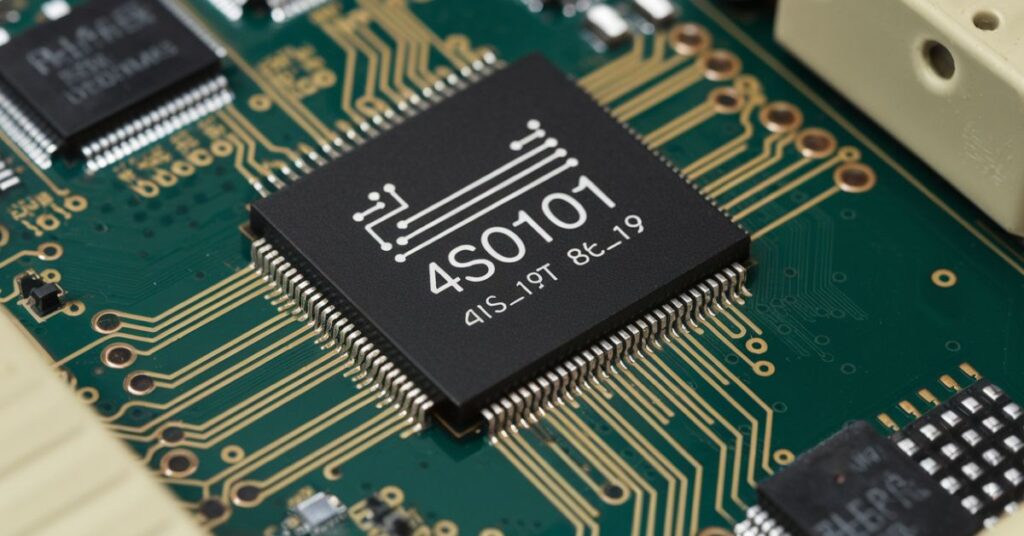When it comes to Android customization, root access opens you a world of options. You might have come across ap_root_g935.tar if you own a Samsung Galaxy S7 Edge (G935) and want to utilize all of its features. In order to root and change the device, this file is crucial. Could you please explain what it is, how it works, and the best ways to use it? Let us examine the details!
What exactly is ap_root_g935.tar?
For rooting the Samsung Galaxy S7 Edge (model G935), the ap_root_g935.tar file is a modified AP (application processor) firmware file. Usually, it is used in tandem with Odin Samsung’s flashing utility to grant root access to the phone’s system files.
Important features of ap_root_g935.tar
Pre-rooted system image: This file includes an image of the system that is pre-rooted, allowing people to access root privileges without additional software installations.
Odin flashable: The file is constructed to be compatible with Odin, which ensures an easy and smooth flashing.
Modification Ready: Unlocks access to more advanced features, such as custom ROMs, kernel modifications, and tweaks to the system.
Allows Superuser Access: Full access to the Android operating system and allows users to make minor changes.
Disables Samsung Knox: Knox security features are usually removed after rooting, which could affect security but also allow more extensive system changes.
Why Root Your Samsung Galaxy S7 Edge?
Rooting your device provides numerous advantages, including:
Enhanced performance: Remove any unwanted clutter, improve the performance of the CPU, and modify system parameters to improve performance.
Advanced Customization: Set up custom themes and ROMs along with UI modifications to fully personalize your device.
Improved Battery Management: Use apps that are only accessible to root users to track and extend battery longevity by deep optimizing.
Full Backup and Restore: Get access to high-quality backup solutions, such as Titanium Backup, which allows full control over application or system-related data.
Install third-party applications: Certain powerful applications require root access in order to function effectively, for example, Greenify, AdAway, and Tasker.
Control of System Updates: Beware of forced updates and select the most suitable firmware version to meet your needs.
How to Use ap_root_g935.tar for Rooting
Prerequisites
Before you begin rooting, make sure you have the following items:
- A Samsung Galaxy S7 Edge (G935).
- Odin Flash Tool installed on your computer.
- USB drivers are required for Samsung devices that are installed on your computer.
- A solid USB cable for your USB device.
- The battery is completely charged to avoid interruptions in flashing.
- Download Mode access for your phone.
- Backup of important data (as rooting can erase the phone).
Step-by-Step Rooting Guide
- Get the ap_root_g935.tar file from a reliable source and confirm its authenticity.
- After shutting off your phone, tap Volume Up to activate Download Mode after holding down Volume Down + Home + Power until the warning message shows.
- Then, open Odin on your computer and connect your mobile via USB.
- Download the AP_root_g935.tar file within the AP (PDA) section of Odin.
- Check that the “Auto Reboot along with the ‘F.Reset Time’ options are verified.
- Press Start and just wait until Odin starts flashing the files.
- After the process is completed, your phone will restart, and you’ll have root access.
Troubleshooting Common Issues
Rooting isn’t always the easiest process, and users might encounter problems. Here’s how you can address these issues:
Device Stuck on Boot Loop
- Start in the Recovery Mode (Power + Volume Up + Home) and then perform a factory reset.
- Install a stock firmware if the issue continues.
Odin Fails to Flash the File:
- Make sure you are using the correct Odin version. Odin.
- Verify that the proper USB drivers have been installed.
- Try an alternative USB connector or port.
Root Access Not Granted After Flashing
- Set up Magisk Manager or SuperSU by hand.
- Verify the status of your root using the Root Checker app. Root Checker application.
Device Not Recognized by Odin
- Make sure USB debugging is turned on in Developer Options.
- Try using an alternative USB connector or restarting the computer.
Potential Risks and Precautions
While rooting can have many advantages It’s vital not to overlook the potential dangers:
Votes Warranty: Rooting typically voids the Samsung warranty.
Security vulnerabilities: Certain apps and security functions, such as Samsung Knox, may not be functional after rooting.
Bricking Risk: Incorrect flashing can render your device unusable.
Software Updates Problems: Over-the-air (OTA) updates might not function properly, which means manual updates are required.
Banking and payment apps may stop functioning: Some apps make use of Google’s SafetyNet, which could prevent access on devices that are rooted.
Restoring Stock Firmware if Needed
If you decide to change back to the system that you had originally installed:
- Install the stock firmware for the Galaxy S7 Edge (G935) from a trusted source such as SamMobile.
- Make use of Odin for flashing the firmware of the stock.
- Perform a factory reset after flashing to ensure stability.
- Make sure to enable Knox as well as other features of security if needed.
Final Thoughts
The ap_root_g935.tar file is an extremely powerful tool for people who want to root their Samsung Galaxy S7 Edge and unleash its full potential. If you follow the right steps and ensure that you take the appropriate precautions, you will be able to enjoy improved performance, superior customization, and complete control over the device.


